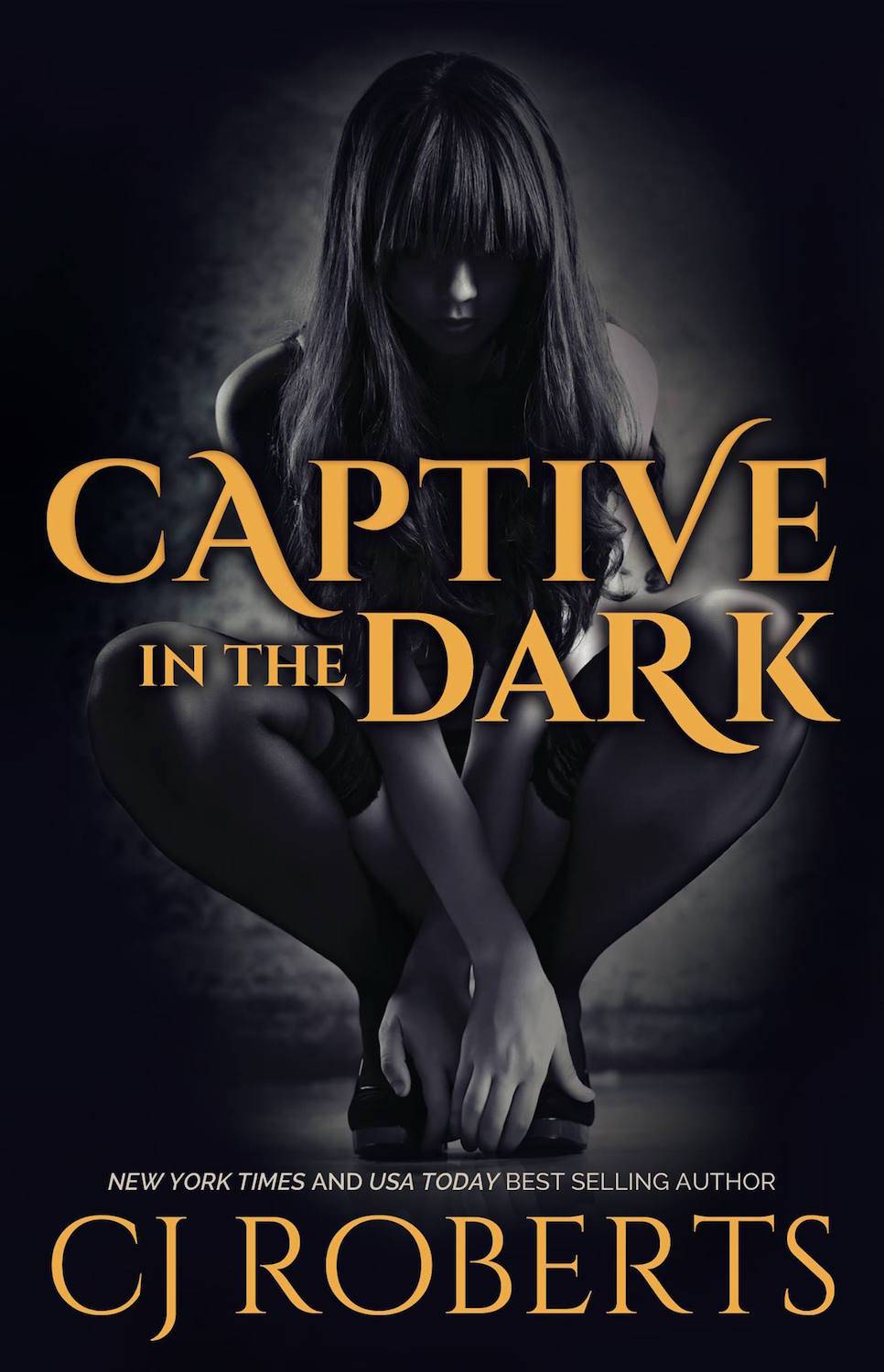No other literary genre is as light and fluffy yet daring and dark as romance. It gives the readers the best of both worlds – from tooth-rotting love stories to twisted relationships. The latter category is nuanced, even more so today, where authors explore every dark theme possible. One of them is Stockholm Syndrome, a real-life theorized phenomenon filtered in romance fiction, where every other novel comes with trigger warnings.
What is Stockholm Syndrome?
Stockholm Syndrome is a condition where the kidnapped person forges a psychological bond with their kidnapper. This bond is often positive, with the victim protecting the kidnappers instead of filing a complaint against them. This event hasn’t been studied widely; in fact, there have been doubts about the syndrome’s nature. As a result, it isn’t present in the Diagnostic and Statistical Manual of Mental Disorders.
The first instance of Stockholm syndrome – and also the origin of the term – happened back in 1973. A convict on parole tried to rob a bank in Stockholm, taking four employees hostage with him. He and his accomplice trapped them in one of the bank’s vaults for six days. When they were released, the employees, surprisingly, didn’t testify against them. Instead, the victims arranged money for the robbers’ defence, while one of them became good friends with one of their captors.
When questioned, one of the hostages accused the police of being careless with their safety. It made them negotiate with the kidnappers for their own lives, which put the latter in a positive light. Even the robbers confirmed how they emotionally bonded with the hostages, as the latter listened to everything they were told to. In their words, “… Why didn’t any of them attack me? They made it hard to kill… There was nothing to do but get to know each other.”
The Stockholm police brought Nils Bejerot, a Swedish psychiatrist and criminologist, to assess the situation. He coined it as Norrmalmstorgssyndromet, as it happened on Normalmstrog Square. But people outside Sweden called it Stockholm syndrome – and the name stuck.
Stockholm syndrome is observed in only specific kinds of situations where power imbalance is present. As a result, you can see this syndrome in hostage cases, as well as kidnappings and abusive relationships.
Symptoms of Stockholm Syndrome
You can’t just fit Stockholm syndrome and its symptoms in one sentence. It is, in fact, a layered condition that has the hostages exhibiting a tone of symptoms. One of them is developing positive feelings for the captor, owing to the fact that they are the only person the victim is exposed to in a lonely, hostile environment. It works like the Pavlovian response; if the hostage-taker is kind and doesn’t harm them, the victim’s mind connects them with safety.
This also induces unhealthy dependency and learned helplessness, where the victim just accepts their fate. They resign themselves to whatever the captor may throw at them. And when they are rescued, the hostage may also turn uncooperative and hostile to the people around them, including the authorities.
Stockholm Syndrome in Kidnapping Romance Stories
Even though this syndrome has faced tons of criticism, that never stopped the romance genre from using it liberally. Most of the books use this as a trope for stories about kidnapping, where the victim is the protagonist and her kidnapper is their love interest. The authors put the two in forced proximity, where the victim is spending days in a dilapidated room, the only hope being her kidnapper’s visit.
These visits from the hostage-taker induce fear, apprehension, and internal conflict in the victim’s mind. However, these feelings are soon replaced by gratitude, hope, and safety – simply because the kidnapper is the only person the hostage contacts. Such a prolonged exposure makes the protagonist develop a trauma bond. It is unwilling at the start, but as time goes on, the victim sees the kidnapper as the only way to survive.
To convert these positive feelings into a romance is only possible if the kidnapper returns those positive emotions. This condition is called the Lima Syndrome, where the captor themselves feel positive feelings for their victim. When this happens, the abuser becomes oddly attached to their hostage, even going so far as sympathizing with them. As a result, since they can’t let the victim go, they initiate positive interactions and try to comfort them.
It is at this intersection of these two syndromes that romance works its charm. A classic example would be Beauty and the Beast, where Belle falls for her captor, the Beast. However, it is pretty tame, compared to what dark romances offer. That sure seems to be the case for Elena Dumont and her kidnapper, Ethan, in G. M. Lawrence’s When I Know Your Name. In fact, it is a classic case of Stockholm syndrome, where Elena finds her captor attractive, but is conflicted because, well, he is her captor. However, when her family doesn’t make an effort to move her, Elena’s psyche starts attributing her safety and comfort to Ethan.
Even Ethan exhibits signs of Lima Syndrome. It is understandable, as he doesn’t have anything against Elena – it was just a job he had to oversee. The detachment from his captive helped him see as a damsel in distress, and he moved to become her protector. After her staged rescue, Ethan leaves her with a chance to live her past life. And, unsurprisingly, she returns back to him! This decision to come back – willingly – to her kidnapper is a sign of dependency, helplessness, and safety misplaced as romance.
Stockholm Syndrome and Abusive Relationships
This condition also makes an appearance in abusive relationships, where one partner is a victim of the other one’s manipulation. Such a relationship makes the victim dependent on their abuser, where they think only their abuser will understand them. The victim partner even defends their abuser in front of others, not hesitating to break ties with people who won’t agree with them. This dependency even helps them tolerate mean words as well as life-threatening actions.
The victim’s cognitive dissonance is fueled by the manipulator’s actions, who do their best to keep in control. The reasons behind their need may be varied, from a history of trauma to insecurity and low self-esteem. But the results are the same – a relationship full of threats, powerplay, and gaslighting.
A suitable example of this is Anna Zaires’ Twist Me series. In this book, Nora meets Julian in a club, experiencing instant attraction. However, that fleeting glance soon turns deadly when he kidnaps Nora and hides her on a remote private island. She may be kidnapped and locked in a mansion, but she’s treated well. This in itself is enough to put her captor in a positive light, simply because he’s keeping her in great condition.
Since she knows she can’t get out of the mansion, Nora obviously gets attached to Julian. She forgoes worrying about her family, friends, and her past life. In fact, the attachment is so severe that Nora enjoys Julian’s traumatic abuse, which the author shoves under BDSM.
As for Julian, he is a twisted example of Lima syndrome. Julian doesn’t have a motive to kidnap her aside from his fervent need to own her. He succeeds in possessing her but he takes a long time to acknowledge that he loves her, but in his own dark way. The series is a continuation of Julian trying to ‘express’ his love for Nora by moulding her through his starkly disturbing actions. Those include manipulating her to get married and getting her a tag so he will know where she is always.
Even though Nora acknowledges what they have is utterly wrong, she claims that she can’t deny Julian and their insatiable relationship. The series goes as far as showing them having a baby! Now, that’s the Stockholm Syndrome playing its role in turning a life-threatening event into an abusive relationship.
Final Words
In real life, Stockholm Syndrome is something that needs serious attention. But when it comes to the romance realm, it acts as a plot device, layering the story with more intensity and lust-filled twistedness. And yet, the books with this condition often show triggering events and disturbing situations, which may not be everyone’s preference.
However, if you are someone who loves dark love stories that challenge your mind to think, it is time to read Stockholm Syndrome romances. Novels such as Stolen (Lucy Christopher), The Dark Duet series (C.J. Roberts), and Comfort Food (Kitty Thomas) are a good place to start!





